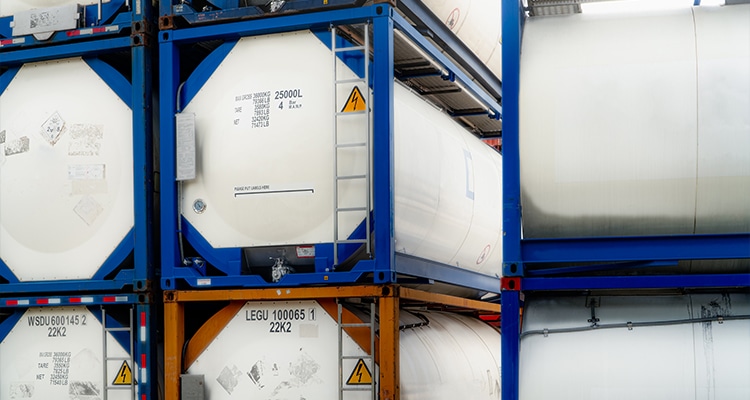Creating a SARA Tier II report entails collecting information about the chemicals stored at your facility and updating your hazardous chemical inventory. Organizing this data isn’t only helpful for SARA requirements, though. It also helps ensure compliance with OSHA standards.
OSHA, or the Occupational Safety and Health Administration, was created in 1970 to promote safer workplaces for employees. To conform with OSHA law, employers must provide a work environment without serious hazards and follow all standards. However, there are almost 1,000 OSHA standards, and this extensive scope can make it complicated to ensure your organization conforms to each one.
All OSHA standards are within the U.S. Department of Labor, which belongs to Title 29 of the Code of Federal Regulations (CFR). This title is then broken into subsequent chapters and parts. We’ll focus on part 1910 of chapter XVII, which addresses general industry OSHA standards. Particularly subpart Z, which outlines requirements for storing toxic and hazardous substances.
For those who like to know exactly which regulation requires a hazardous chemicals inventory, check out 29 CFR 1910.1200(e)(1)(i), which states that the written hazard communication program must include “A list of the hazardous chemicals known to be present using a product identifier that is referenced on the appropriate safety data sheet (the list may be compiled for the workplace as a whole or for individual work areas).”
Other requirements of the hazard communication program include properly labeling containers, maintaining safety data sheets, and ensuring workers have received applicable training. It also requires the company to outline how they will inform their employees of hazards associated with non-routine tasks or unexpected hazards.
Keeping track of these requirements can be inconvenient and time-consuming, but Chemical Safety Software offers several helpful services to simplify this process.
The CSS Safety Data Sheet (SDS) management system makes creating an SDS log for all the chemicals at your facility easy. You can create each SDS manually or have the program autofill the required data from publicly available sources. The management system then allows printing custom labels for each chemical and filtering the SDS data. For example, it is possible to filter based on individual work areas. Chemical Safety Software also offers a mobile barcoding application that allows employees to scan the codes on chemical containers and ensure their inventory is up to date.
The Hazard Communication (HazCom) standard stresses the communication of chemical hazards, and CSS has several ways to support this. The software allows the identification of chemicals requiring specific training and maintains an accessible list so employees can see who has the credentials to use those chemicals. Additionally, the mobile application makes it simple to keep an updated list of the entire SDS inventory on tablets around the facility so reprinting them isn’t necessary when changes are made.
These are just a few ways Chemical Safety Software can help your organization comply with OSHA’s requirement for a hazardous chemical inventory. Most importantly, knowing what hazardous chemicals are present at the facility allows operations to run more smoothly and helps keep your employees safe.



